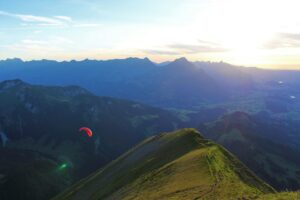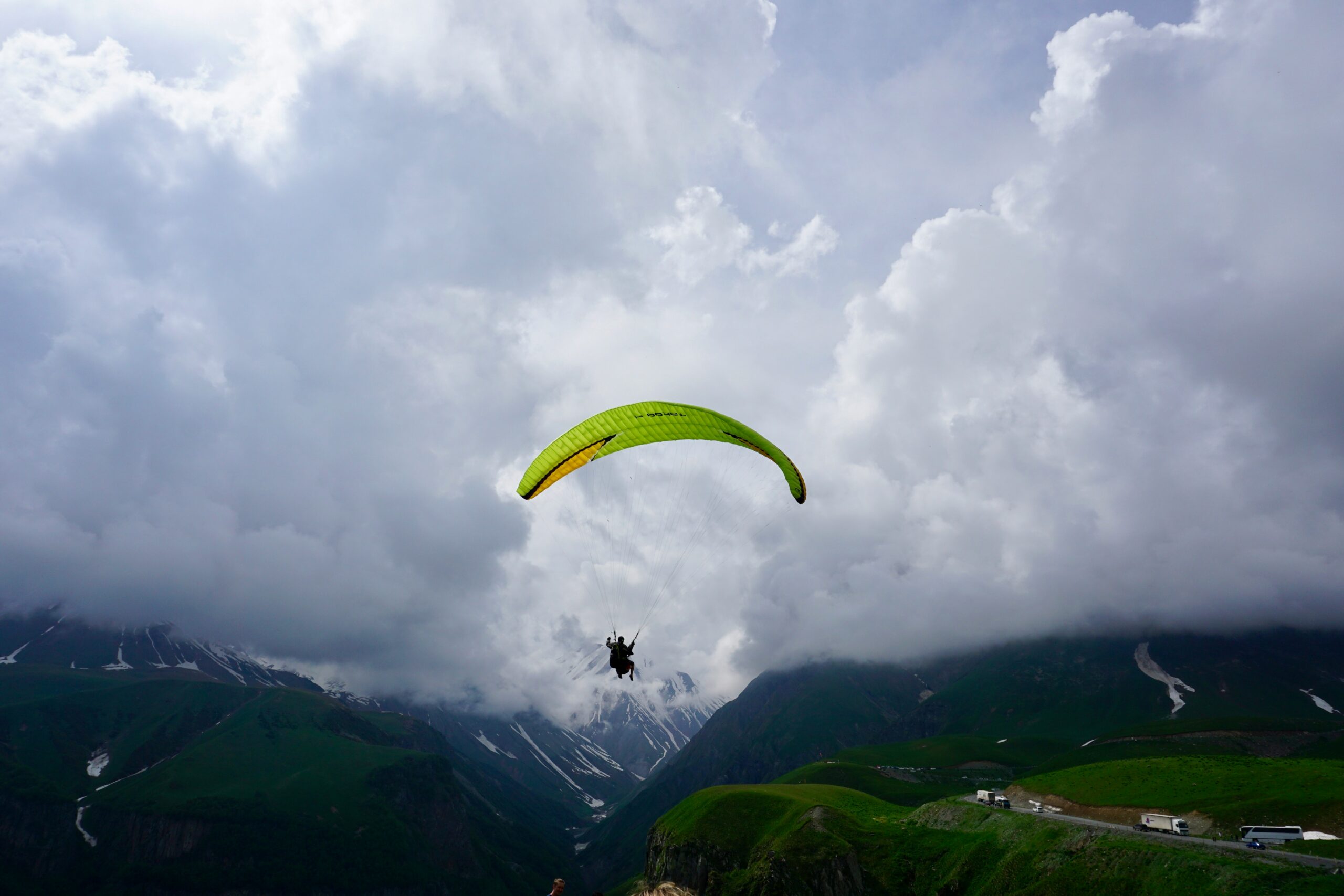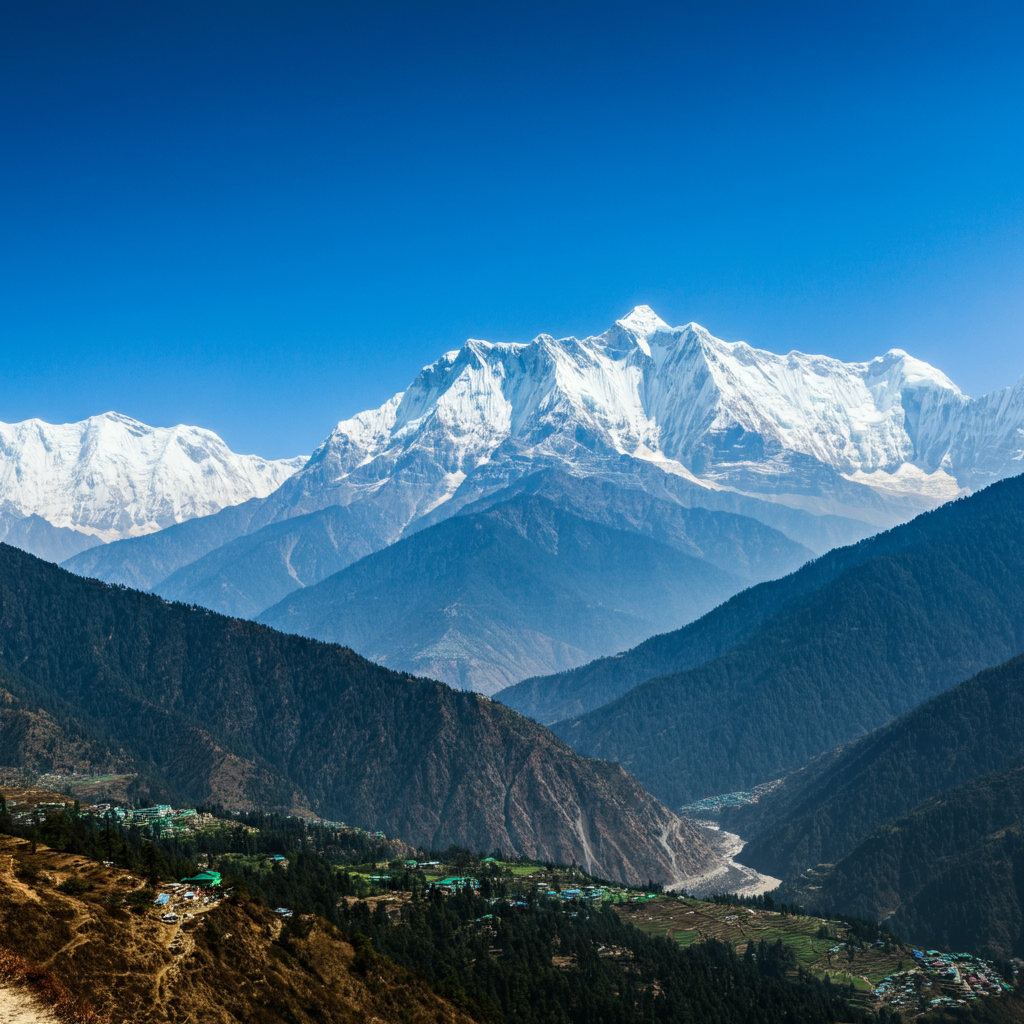Imagine standing on a grassy slope, the jagged peaks of the Alps stretching before you, a parachute billowing behind, and the promise of flight just a few steps away. Paragliding in the Alps is not just an activity—it’s a heart-pounding, soul-lifting experience that lets you see the world from a bird’s-eye view. Whether you’re a thrill-seeker or someone craving a serene glide over snow-capped mountains, the Alps offer some of the most breathtaking paragliding spots on the planet. In this guide, I’ll walk you through everything you need to know about paragliding in the Alps: costs, practical tips, the best times to fly, and how to make your adventure unforgettable.
Why Paragliding in the Alps Is a Must-Do
Paragliding in the Alps combines adrenaline, awe-inspiring views, and a sense of freedom unlike anything else. From the lush valleys of Interlaken to the dramatic cliffs of Chamonix, the region’s diverse landscapes and reliable thermals make it a global hotspot for paragliders. Whether you’re a first-timer or a seasoned pilot, the Alps deliver an unmatched experience.
A Personal Connection to the Skies
I’ll never forget my first tandem flight in Interlaken. My stomach churned as we ran toward the edge of Beatenberg, but the moment we lifted off, the nerves melted into pure wonder. Floating above Lake Thun, with the Eiger and Jungfrau in the distance, I felt like I was part of the sky. That’s the magic of paragliding in the Alps—it’s not just about the thrill; it’s about connecting with nature in a way that feels almost spiritual.
Understanding the Costs of Paragliding in the Alps
Paragliding costs in the Alps vary depending on location, flight type, and additional services like photos or videos. Below, I break down the typical expenses to help you budget for your adventure.
Tandem Paragliding Costs
Most first-timers opt for tandem flights, where you’re strapped to an experienced pilot who handles everything. Prices typically range from €100 to €400, depending on the location and duration.
- Interlaken, Switzerland: €190–€310 for a 10–20-minute flight.
- Lauterbrunnen, Switzerland: €190–€250 for a 15–25-minute flight over the stunning valley.
- Zermatt, Switzerland: €298–€422 for a 20–35-minute flight with Matterhorn views.
- Chamonix, France: €100–€150 for a 15–30-minute tandem flight.
- Innsbruck, Austria: €120–€200 for a 15–30-minute flight.
Solo Paragliding and Training Costs
For those looking to fly solo, beginner courses in the Alps are a fantastic way to start. A 5-day “Learn to Fly” course in the Southern French Alps costs €1,343–€1,950, including accommodation and equipment.
Additional Costs to Consider
- Photos/Videos: Most operators offer in-flight media for €30–€50.
- Licensing: A French paragliding license (FFVL) costs €35–€85 for solo flyers.
- Travel to Launch Sites: Cable cars or transfers may cost €10–€50, though some packages include them.
Cost Comparison Table
| Location | Tandem Flight Cost | Flight Duration | Extras (Photos/Video) |
|---|---|---|---|
| Interlaken, Switzerland | €190–€310 | 10–20 minutes | €30–€50 |
| Lauterbrunnen, Switzerland | €190–€250 | 15–25 minutes | €30–€50 |
| Zermatt, Switzerland | €298–€422 | 20–35 minutes | €35–€50 |
| Chamonix, France | €100–€150 | 15–30 minutes | €25–€40 |
| Innsbruck, Austria | €120–€200 | 15–30 minutes | €30–€45 |
Tips to Save on Paragliding
- Book Early: Reserve your spot in advance to secure better rates.
- Group Discounts: Some operators offer deals for groups of 4 or more.
- Off-Peak Seasons: Flying in spring or autumn can be cheaper than peak summer months.
Best Time to Go Paragliding in the Alps
Timing your paragliding adventure is key to getting the best experience. The Alps offer year-round opportunities, but each season has its own charm and challenges.
Spring (March–May)
Spring brings blooming landscapes and mild temperatures, ideal for stable flights. Thermals are gentler, making it great for beginners.
Summer (June–August)
Summer offers clear skies and warm weather, perfect for long flights. It’s the most popular season, so book early to avoid crowds.
Autumn (September–November)
Autumn showcases vibrant foliage and cooler conditions. The thermals are still reliable, and the skies are less crowded.
Winter (December–February)
Winter flights offer a magical snow-covered perspective. However, colder temperatures and unpredictable weather require extra preparation.
Optimal Months by Region
- Switzerland (Interlaken, Lauterbrunnen): June–August for warm, stable conditions.
- France (Chamonix, Orcières): May–September for reliable thermals and sunshine.
- Austria (Innsbruck, Vorarlberg): March for seasonal transitions and stunning views.
Weather Considerations
Paragliding relies on thermals and wind. Early mornings or late afternoons often provide calmer conditions, reducing turbulence. Always check local weather forecasts with your operator.
Top Paragliding Destinations in the Alps
The Alps span several countries, each offering unique paragliding experiences. Here are the top spots to consider.
Interlaken, Switzerland
Known as the adventure capital of Switzerland, Interlaken offers stunning views of Lakes Thun and Brienz. Launch from Beatenberg and land in Höhematte Park for a seamless experience.
Lauterbrunnen, Switzerland
Fly over the dramatic Lauterbrunnen Valley, with its 72 waterfalls and towering cliffs. Launch sites in Mürren or Schilthorn provide breathtaking vistas.
Zermatt, Switzerland
Soar above the iconic Matterhorn for a bucket-list flight. Zermatt’s high-altitude launches offer longer flights and jaw-dropping views.
Chamonix, France
Nestled at the foot of Mont Blanc, Chamonix is a paragliding paradise. Fly over glaciers and jagged peaks for an unforgettable adventure.
Innsbruck, Austria
Innsbruck combines urban charm with alpine beauty. Launch sites offer views of snow-capped peaks and green valleys, especially in spring.
Comparison of Top Destinations
| Destination | Unique Feature | Best Season | Cost Range |
|---|---|---|---|
| Interlaken | Lakes Thun & Brienz views | Summer | €190–€310 |
| Lauterbrunnen | 72 waterfalls, dramatic cliffs | Summer | €190–€250 |
| Zermatt | Matterhorn views | Summer/Autumn | €298–€422 |
| Chamonix | Mont Blanc and glaciers | Summer | €100–€150 |
| Innsbruck | Urban-alpine blend | Spring | €120–€200 |
Essential Tips for Paragliding in the Alps

Whether you’re a beginner or a seasoned flyer, these tips will ensure a safe and enjoyable experience.
Safety First
Always choose a reputable operator with certified pilots. Check reviews and ensure they follow safety standards, like FFVL in France or Swiss certification.
Dress Appropriately
Wear layers to combat wind chill and sturdy shoes with good grip. A helmet is provided, but ensure it fits snugly.
Listen to Your Instructor
Your pilot will guide you through takeoff, flight, and landing. Pay attention and ask questions if you’re unsure.
Manage Expectations
Paragliding isn’t scary for everyone. My 12-year-old daughter described her flight in the Bavarian Alps as “peaceful,” not terrifying. Expect a smooth glide, not a free-fall.
Pros and Cons of Paragliding in the Alps
Pros:
- Unparalleled views of iconic landscapes.
- Suitable for all skill levels with tandem options.
- Year-round availability with seasonal variety.
Cons:
- Weather-dependent, so flights may be canceled.
- Higher costs in premium destinations like Zermatt.
- Physical demands for solo training courses.
What to Expect During Your Paragliding Experience
A typical tandem flight starts with a briefing at the launch site. You’ll run a few steps to take off, feel the parachute lift, and then glide smoothly through the air. Landings are gentle, requiring a few running steps. The entire experience lasts 1–2 hours, with 10–35 minutes of airtime.
A Memorable Moment
During my Lauterbrunnen flight, the pilot let me steer the glider for a moment. It was exhilarating to feel in control while soaring over waterfalls. Moments like these make paragliding unforgettable.
People Also Ask (PAA)
Is paragliding in the Alps safe?
Yes, with certified pilots and proper equipment, paragliding is very safe. Operators follow strict safety protocols, and tandem flights require no prior experience.
How much does paragliding in the Alps cost?
Tandem flights cost €100–€422, depending on location and duration. Solo training courses range from €1,343–€1,950 for a week.,
What’s the best time to paraglide in the Alps?
Summer (June–August) offers clear skies and warm weather, while spring and autumn provide milder conditions and fewer crowds. Winter is ideal for snowy vistas.
Can beginners paraglide in the Alps?
Absolutely! Tandem flights with experienced pilots are perfect for beginners, requiring no prior skills.
FAQ Section
Q: Do I need experience to paraglide in the Alps?
A: No experience is needed for tandem flights. You’ll be guided by a professional pilot who handles everything. Solo flights require training, like a 5-day beginner course.
Q: What should I wear for paragliding?
A: Wear comfortable layers, a windproof jacket, and sturdy shoes with good grip. Helmets and harnesses are provided by the operator.
Q: Can I take photos during my flight?
A: Most operators offer photo and video services for an extra fee (€30–€50). It’s best to let the pilot handle recording so you can enjoy the experience.
Q: What if the weather is bad?
A: Flights are weather-dependent. Operators will reschedule or cancel if conditions are unsafe, prioritizing your safety.
Q: Are there weight restrictions for paragliding?
A: Most tandem flights accommodate passengers weighing 30–100 kg. Check with your operator for specific limits.
Where to Book Your Paragliding Adventure
For a seamless experience, book through reputable platforms like Viator or directly with local operators like FlyMatterhorn in Zermatt or Air-Davos in Davos. Always verify pilot certifications and read reviews.
Final Thoughts: Soar Above the Alps
Paragliding in the Alps is more than an activity—it’s a memory you’ll carry forever. Whether you’re gliding over Interlaken’s lakes or Zermatt’s Matterhorn, the thrill of flight and the beauty of the Alps will leave you speechless. Plan your trip, book early, and prepare for an adventure that blends adrenaline and serenity. Have you dreamed of flying over the Alps? Let me know in the comments—I’d love to hear your thoughts!



